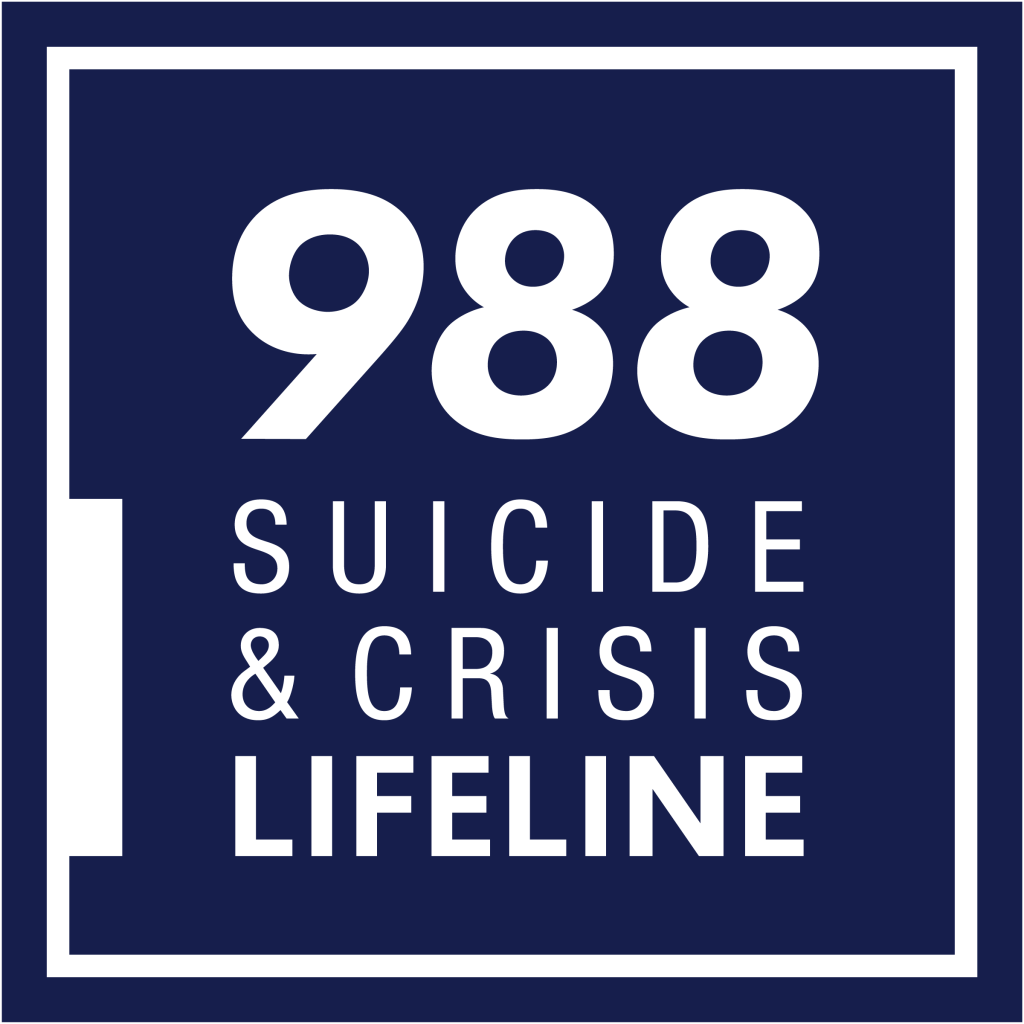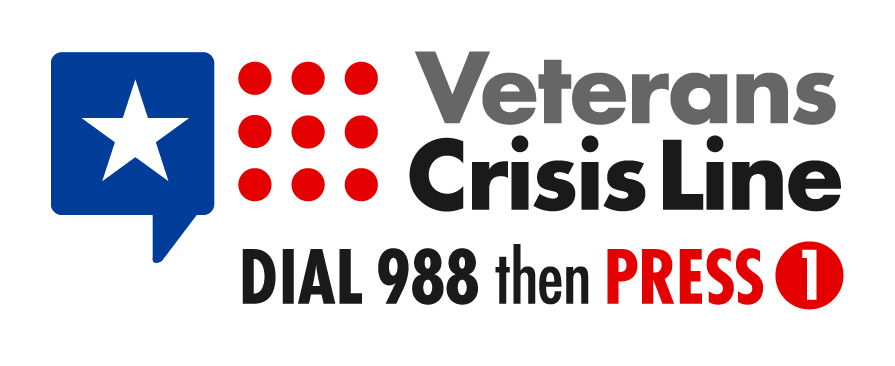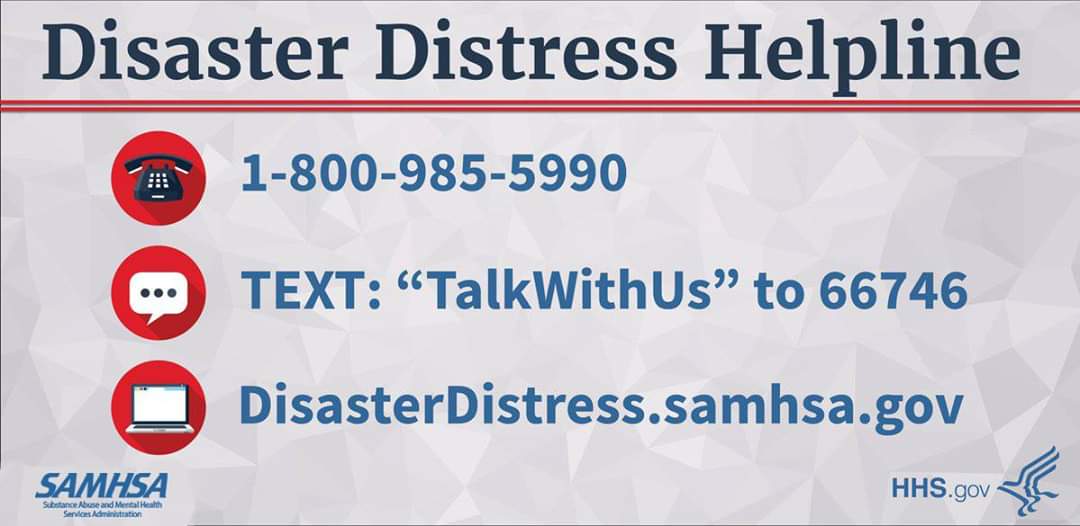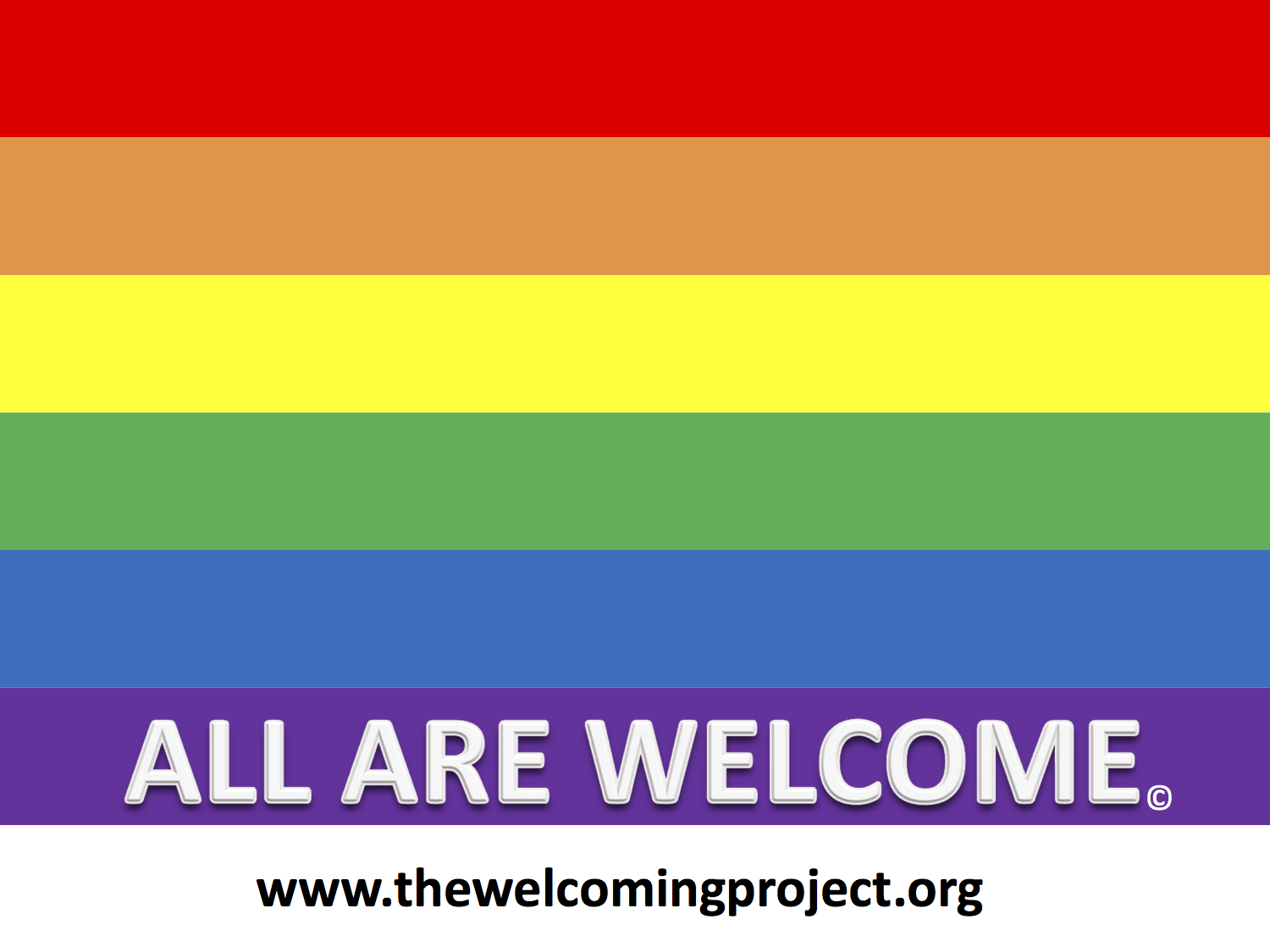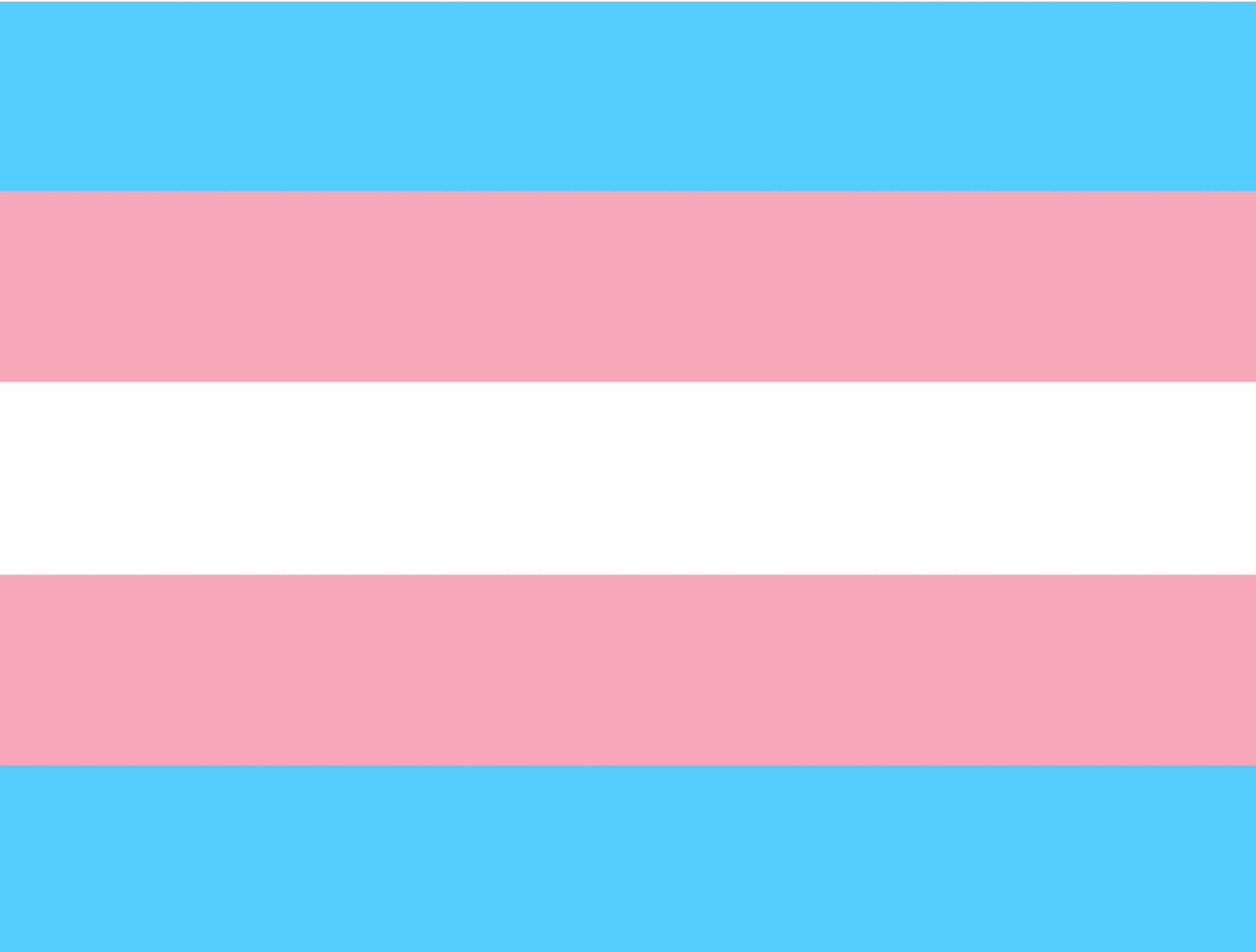Will the pandemic lead to more suicide deaths?
In response to the Covid-19 pandemic, local and state governments instituted strong measures to stop the spread of the coronavirus by limiting physical contact between people. Stay-at-home orders in Illinois placed limits on the number of people who could gather in a space, and included the closure of schools and religious institutions, non-essential businesses, restaurants and bars, personal care services, entertainment venues, and parks and recreational facilities. In public spaces, people were required to wear masks and maintain six feet of distance from others. The pandemic and the response created risk factors that can lead to an increase in suicides, both immediately and over time. Lives were unexpectedly disrupted leading to feeling a loss of control and fear and anxiety about the future. As we learned more about the damage the virus can do, fear of infection and death increased. Doctors, nurses, and medical staff suffered trauma, burnout, and moral injury from experiencing so much illness and death. Business owners feared losing their livelihood. Unemployment increased dramatically and many families faced financial strain. People were unable to meet their basic needs, including food, housing, utilities, and non-emergent healthcare. Communities feared increases in drug and alcohol use, domestic violence, and child abuse as people were forced to stay in unhealthy environments at home. People suffered the detrimental effects of social isolation, including increases in depressive symptoms and emotional crisis. Established coping methods were cut off as public spaces like religious institutions, gyms, and parks closed, and counselors and therapists ended in-person services. Firearm sales increased meaning more people had easy access to lethal means for suicide. There was substantial fear of a secondary mental health pandemic leading to dramatic increases in deaths from suicide, drug overdoses, and alcohol use.
The concern of an increase in suicides due to the pandemic is not unwarranted. Suicides did increase after the 1918 flu pandemic[1] and the 2003 SARS outbreak.[2] Suicide has also increased during economic downturns, including the Great Depression[3] and the 2008 recession.[4] Given the widespread experience of risk factors due to the pandemic, an increase in the suicide rate seems probable. However, while suicide has increased during some disease outbreaks, it has not increased during others. The “pulling together effect,”[5] in which people tend to feel more connected during collective experiences, may protect against suicide. During times of national crisis, such as after the assassination of John F. Kennedy[6] and the 9/11 terrorist attacks,[7][8] the suicide rate decreased as people felt greater social connection due to strengthened national identity. In response to the Covid-19 pandemic, government leaders encouraged this collective identity to achieve compliance with public safety measures, including Governor JB Pritzker’s “All In Illinois” campaign. While the goal was to protect from disease, the efforts can also protect against suicide by increasing social connectedness. “We’re all in this together” is a powerful belief.
Many politicians used the idea of a mental health pandemic to resist public health efforts to close businesses and restrict economic activity, including President Donald Trump who proclaimed when warning of the effects of an economic recession, “You’re going to have suicides by the thousands.”[9] However, these additional suicide deaths are not inevitable, and suicide prevention should not be pitted against public health. Preventing potential suicides does not have to come at the cost of additional deaths from a virus. Risk factors for suicide have increased, but protective factors can increase as well, even while protecting public health. Communities came together and governments took steps to prevent social isolation, financial distress, and emotional crisis. People found creative ways to promote the sentiment that we are still connected even though we must be apart, including sharing music from balconies, cheering on medical workers together, and writing chalk messages on sidewalks. Donations and funding to provide food to children and families, eviction freezes and rental assistance, utility assistance programs, increased unemployment benefits, and federal stimulus payments provided a reprieve from financial strain. Families used the time spent home together to reconnect and strengthen their relationships. Crisis services increased capacity to meet demand and mental health service providers quickly implemented virtual services, including telehealth and online support groups. These efforts are certainly not end-all solutions, but they do illustrate what communities can do with determination and support. These are just the beginning of what we can accomplish.
While it will be several years (suicide data is not available for analysis for two years) before we know whether these efforts were enough to prevent an immediate increase in suicides, this experience has provided the opportunity for progress that will hopefully prevent many more suicides in the future. The predicted mental health pandemic does not have to result in deaths. We can’t necessarily prevent the stressors a pandemic brings, but, if we act now, we can prevent those stressors from resulting in death. The pandemic has highlighted gaps and failures in our service systems and forced creative and innovative solutions and a re-imagining of how we provide suicide intervention services. With support and funding, we can make these systems stronger and more effective. The pandemic has also highlighted the need for upstream prevention and strengthened calls to improve the general social, financial, emotional, and physical wellness of society as a whole. Suicide is complex and is not caused by any one factor, including a pandemic or economic recession. Those that die of suicide during these times of great distress are often people who have other risk factors or experience other life stresses. For too long, the voices of suicide prevention activists screaming for change to reduce these risks by creating a world worth living in, one that is equitable and just and provides for everyone’s needs, have been silenced and ignored. Covid-19 has provided us with a megaphone to demand we be heard.
[1] Wasserman, I.M. (1992), The Impact of Epidemic, War, Prohibition and Media on Suicide: United States, 1910–1920. Suicide and Life‐Threatening Behavior, 22: 240-254. https://doi.org/10.1111/j.1943-278X.1992.tb00231.x
[2] Cheung, Y.T., Chau, P.H. and Yip, P.S.F. (2008), A revisit on older adult suicides and Severe Acute Respiratory Syndrome (SARS) epidemic in Hong Kong. Int. J. Geriat. Psychiatry, 23: 1231-1238. https://doi.org/10.1002/gps.2056
[3] Luo, F., Florence, C. S., Quispe-Agnoli, M., Ouyang, L., & Crosby, A. E. (2011). Impact of business cycles on US suicide rates, 1928-2007. American journal of public health, 101(6), 1139–1146. https://doi.org/10.2105/AJPH.2010.300010
[4] Demirci, Ş., Konca, M., Yetim, B., & İlgün, G. (2020). Effect of economic crisis on suicide cases: An ARDL bounds testing approach. The International journal of social psychiatry, 66(1), 34–40. https://doi.org/10.1177/0020764019879946
[5] Joiner Jr, T. E., Hollar, D., & Orden, K. V. (2006). On Buckeyes, Gators, Super Bowl Sunday, and the Miracle on Ice:“Pulling together” is associated with lower suicide rates. Journal of Social and Clinical Psychology, 25(2), 179-195. https://doi.org/10.1521/jscp.2006.25.2.179
[6] Biller W. A. (1977). Suicide related to the assassination of President John F. Kennedy. Suicide & life-threatening behavior, 7(1), 40–44. https://doi.org/10.1111/j.1943-278X.1977.tb00888.x
[7] Claassen, C. A., Carmody, T., Stewart, S. M., Bossarte, R. M., Larkin, G. L., Woodward, W. A., & Trivedi, M. H. (2010). Effect of 11 September 2001 terrorist attacks in the USA on suicide in areas surrounding the crash sites. The British journal of psychiatry : the journal of mental science, 196(5), 359–364. https://doi.org/10.1192/bjp.bp.109.071928
[8] Salib E. (2003). Effect of 11 September 2001 on suicide and homicide in England and Wales. The British journal of psychiatry : the journal of mental science, 183, 207–212. https://doi.org/10.1192/bjp.183.3.207
[9] U.S. Office of the Press Secretary (Producer). (2019, March 24). Remarks by President Trump, Vice President Pence, and Members of the Coronavirus Task Force in a Fox News Virtual Town Hall, 3/24/2020, #25 [Interview transcript]. Retrieved from https://www.whitehouse.gov/briefings-statements/remarks-president-trump-vice-president-pence-members-coronavirus-task-force-fox-news-virtual-town-hall/




